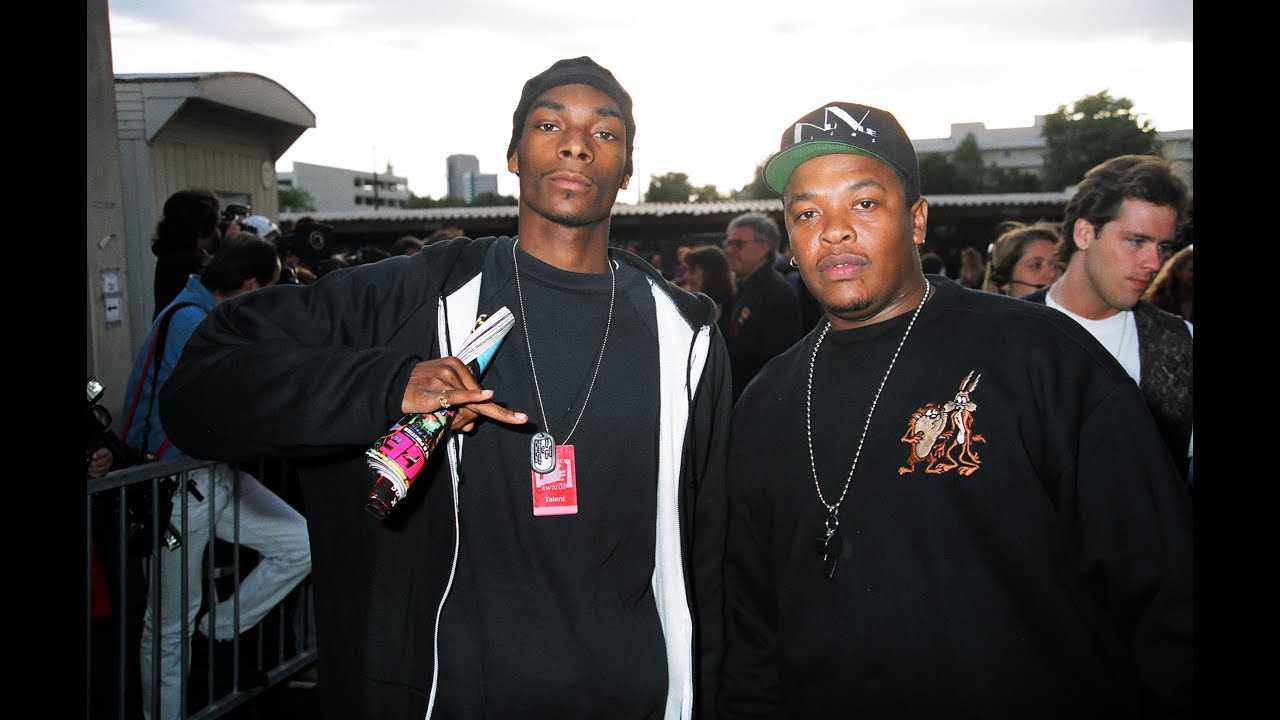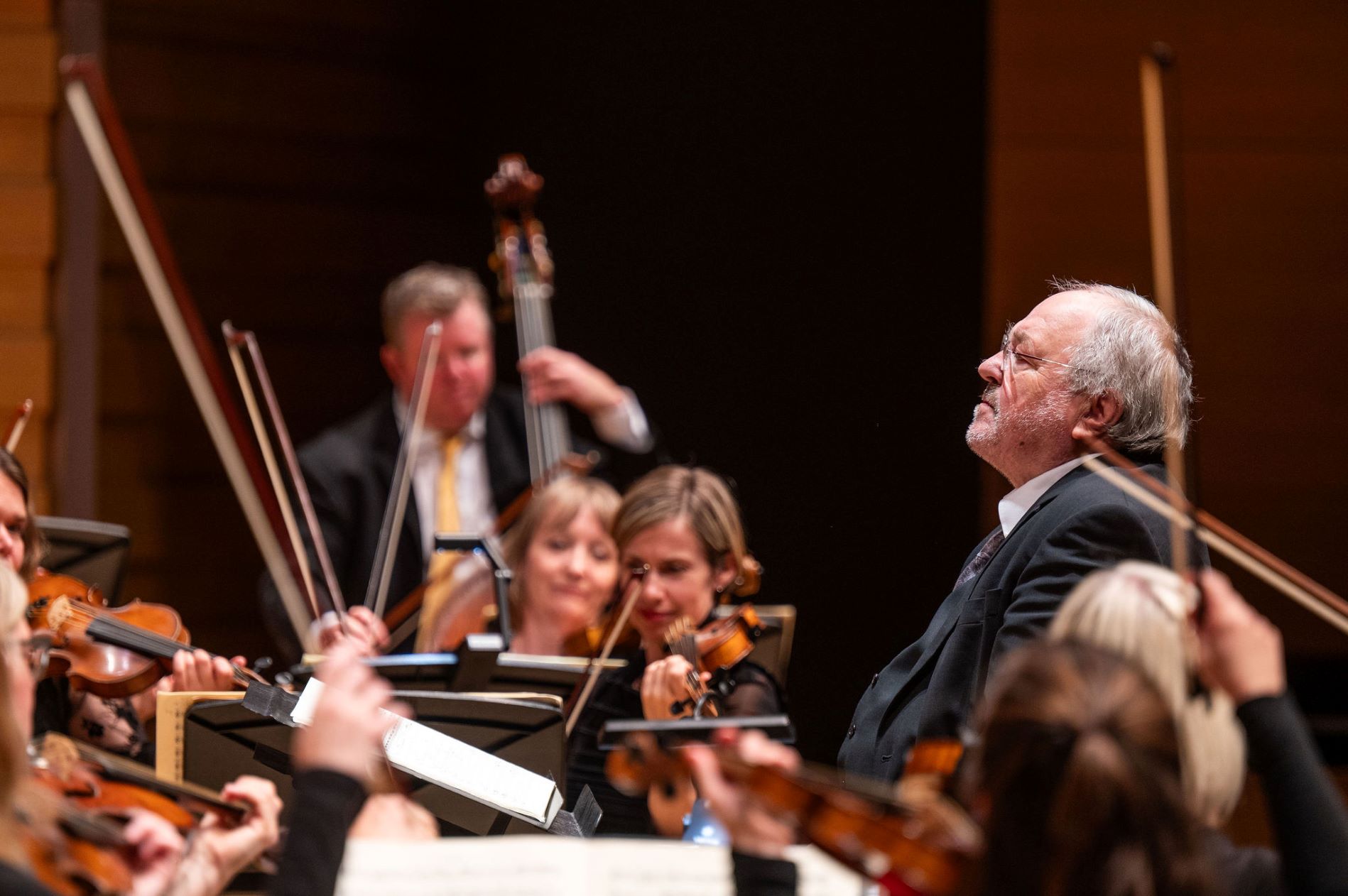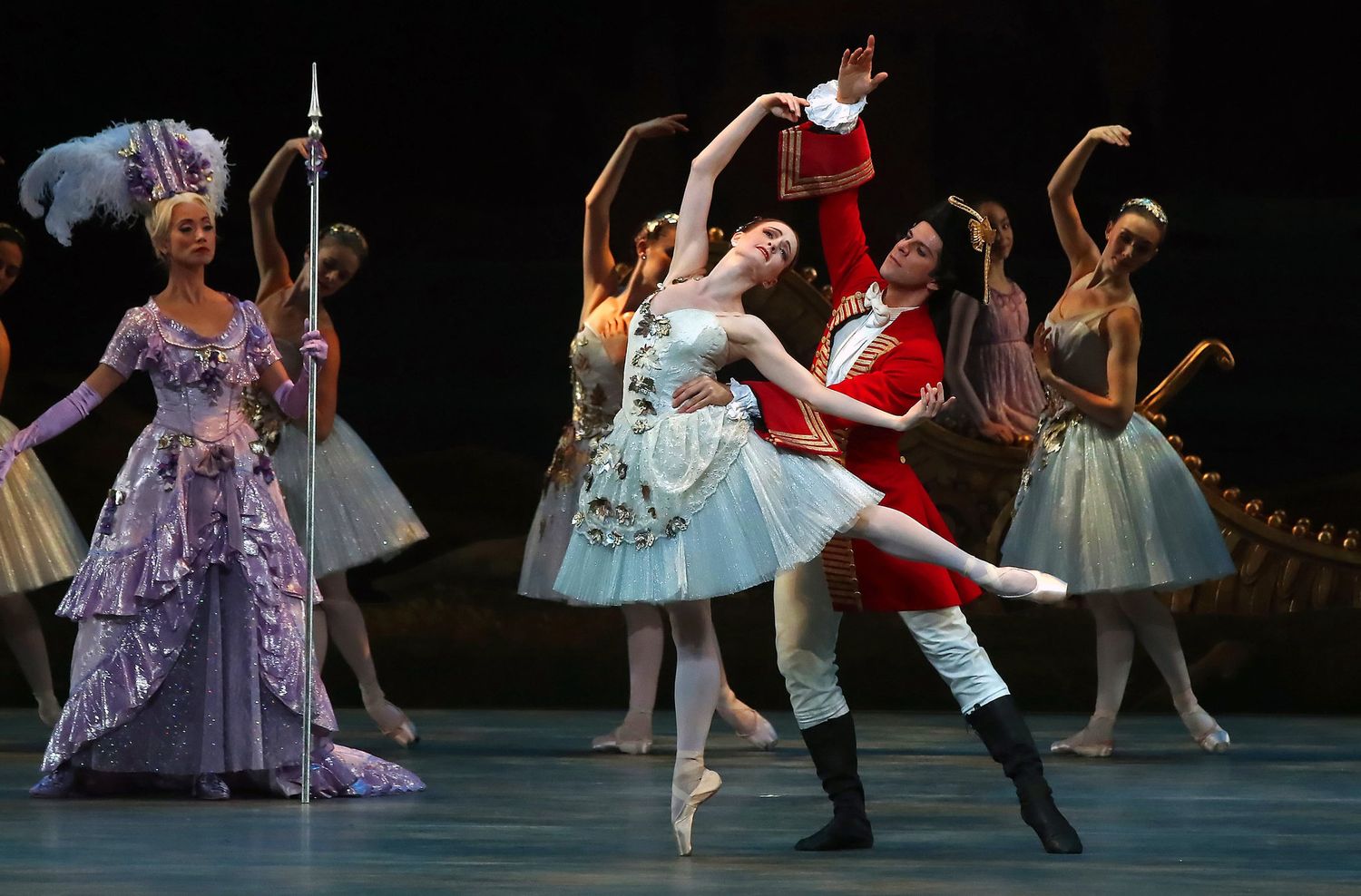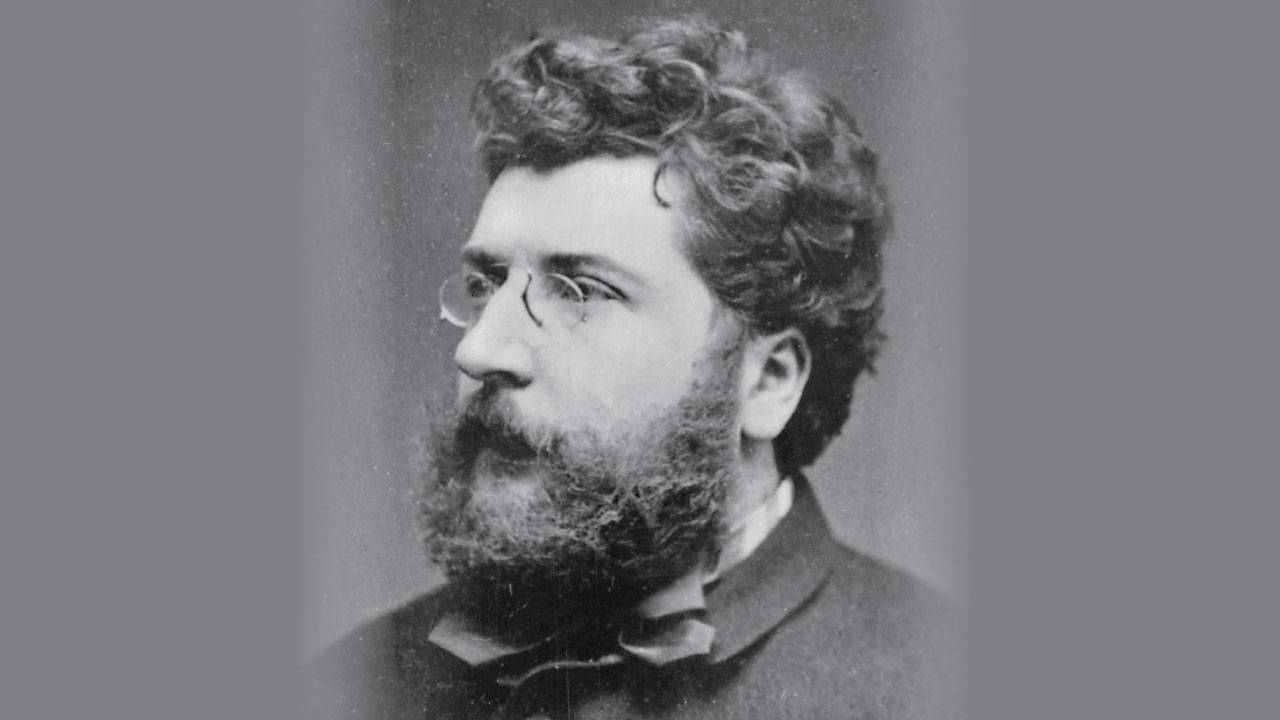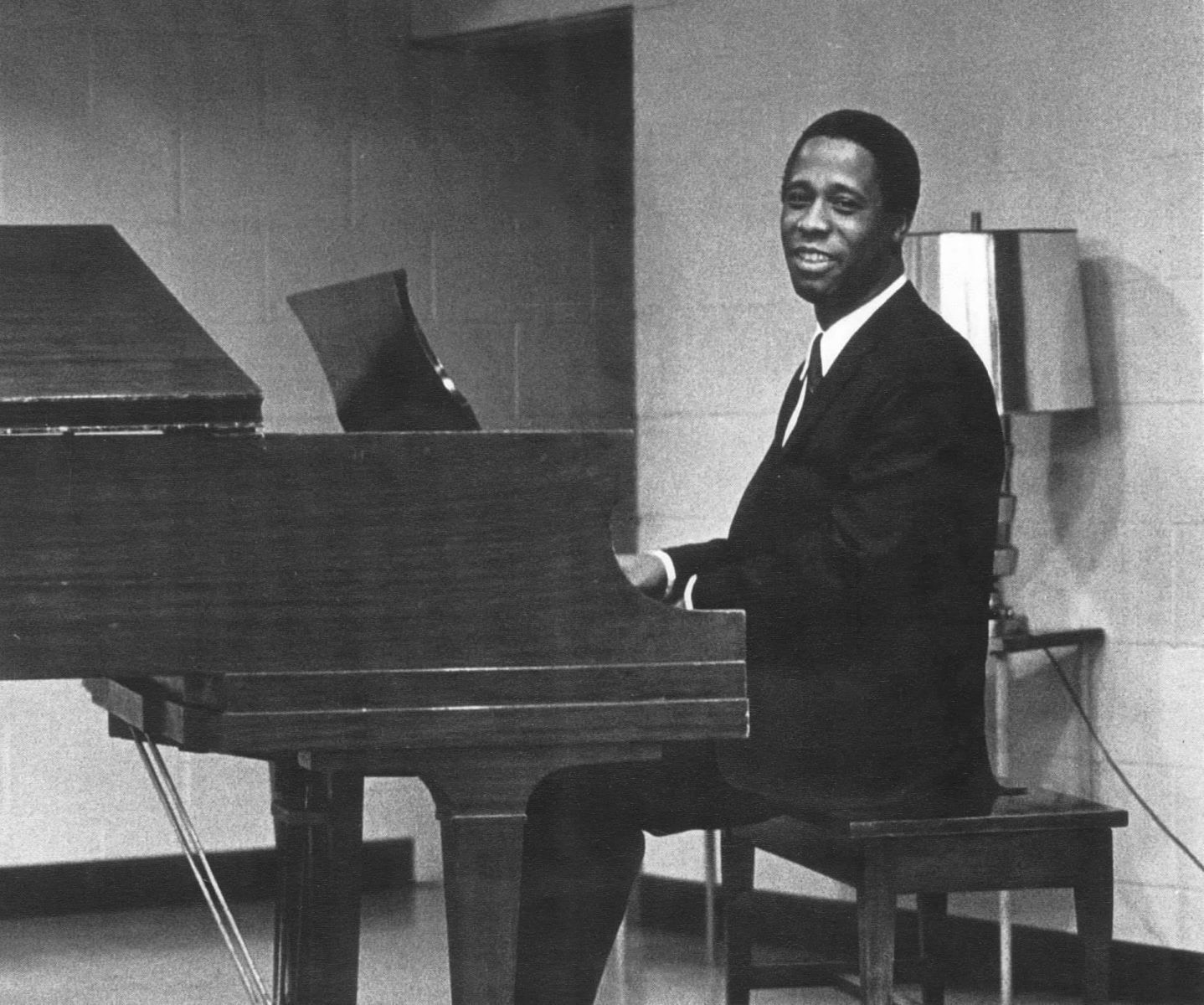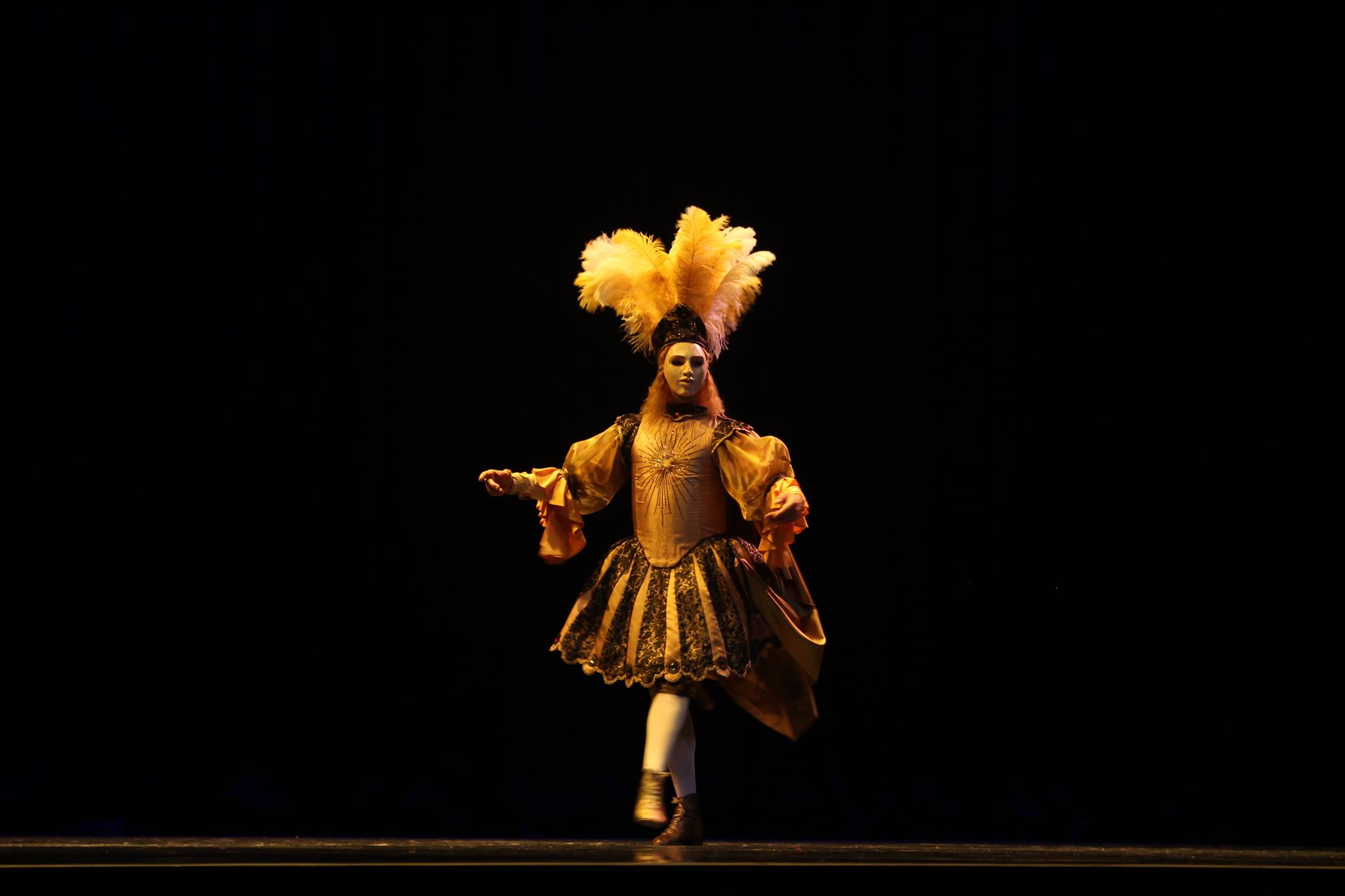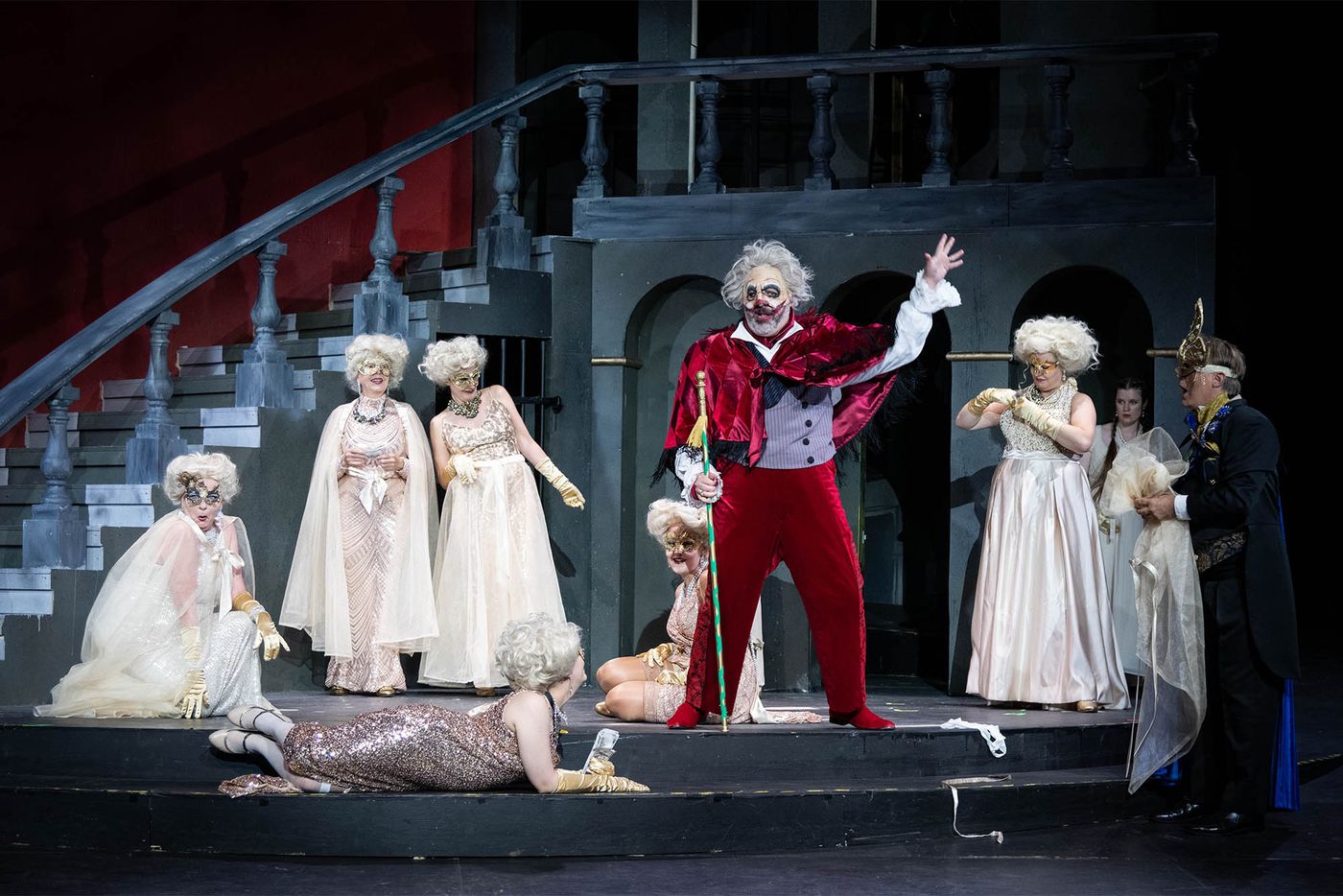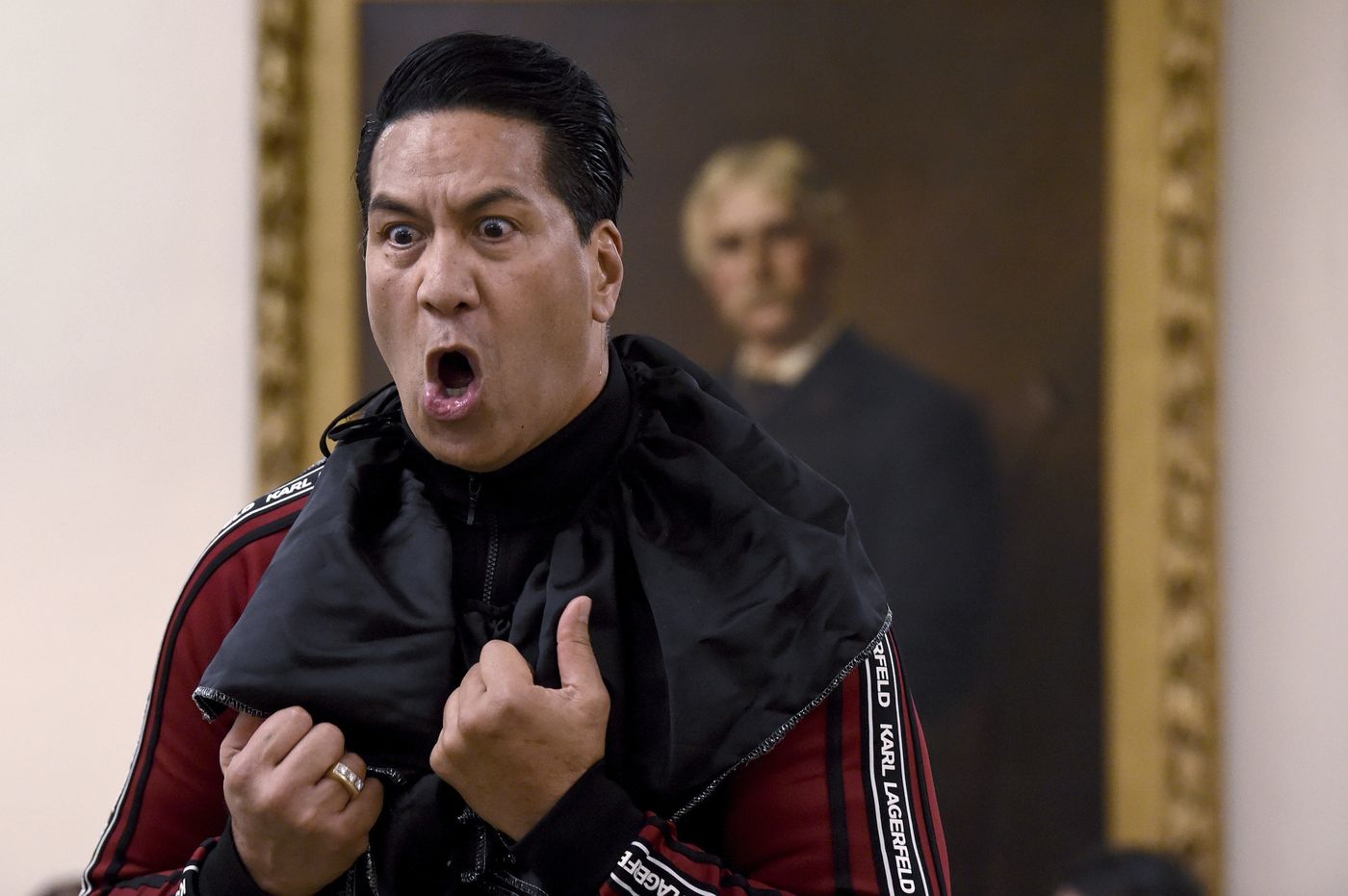Home>Events & Info>Opera>Who Wrote Madame Butterfly Opera
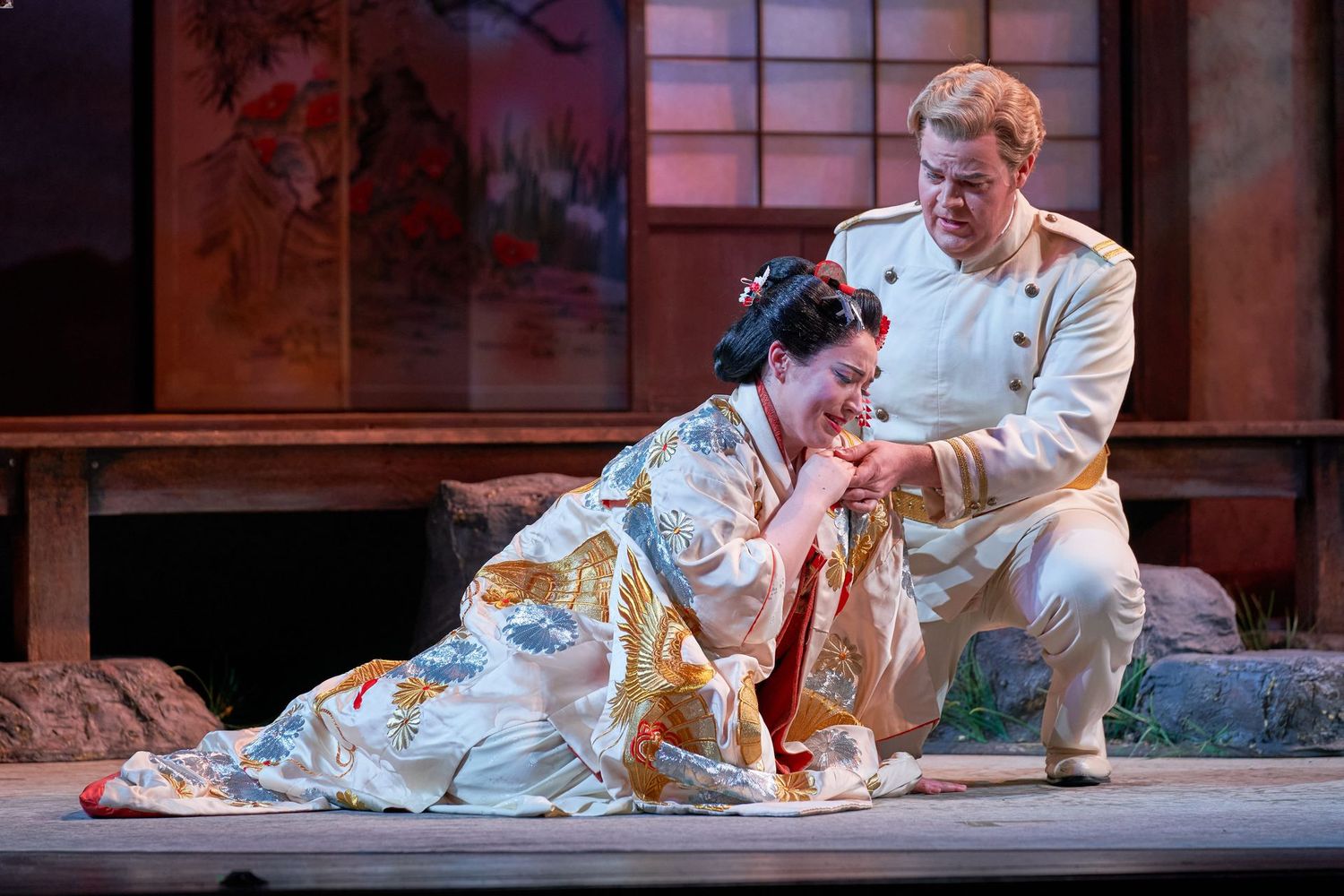

Opera
Who Wrote Madame Butterfly Opera
Published: January 7, 2024
Discover the mastermind behind the enchanting opera Madame Butterfly. Learn about the talented composer and delve into the captivating story of love and sacrifice.
(Many of the links in this article redirect to a specific reviewed product. Your purchase of these products through affiliate links helps to generate commission for AudioLover.com, at no extra cost. Learn more)
Table of Contents
Introduction
Madame Butterfly is a renowned opera that has captured the hearts of audiences around the world. With its emotive storyline, powerful music, and compelling characters, this opera stands as a testament to the enduring power of the art form. But have you ever wondered who is behind the creation of this beloved masterpiece?
In this article, we will dive into the fascinating world of Madame Butterfly and uncover the key figures responsible for its inception. From the opera’s librettist to its composer, we will explore the creative minds that shaped this timeless production.
Through examining the sources of inspiration and the controversies surrounding Madame Butterfly, we will gain a deeper understanding of the opera’s impact on both the artistic and social realms. Finally, we will delve into the legacy of Madame Butterfly and its continued relevance in the present day.
So, join us as we embark on a journey to discover the masterminds behind one of the most acclaimed operas in history.
The Creation of Madame Butterfly Opera
The story of Madame Butterfly began in the late 19th century when the librettist Luigi Illica and the composer Giacomo Puccini collaborated to bring this captivating tale to life. Illica, known for his skill in crafting dramatic narratives, was approached by Puccini to create a libretto based on a short story by John Luther Long.
The two creative geniuses worked meticulously to develop the storyline, drawing inspiration from real-life events and cultural observations. Set in Nagasaki, Japan, Madame Butterfly follows the tragic love story between a young geisha named Cio-Cio San and an American Naval officer, Lieutenant Pinkerton.
Puccini, renowned for his ability to evoke intense emotions through music, composed a score that beautifully complemented the libretto. The delicate melodies and soaring arias seamlessly integrated with the characters’ emotions, taking the audience on an emotional rollercoaster.
The collaboration between Illica and Puccini proved to be a winning combination. Their efforts resulted in the creation of Madame Butterfly, which received its premiere at La Scala in Milan in 1904. While the initial reception was mixed, the opera gained popularity in subsequent productions and soon became one of Puccini’s most cherished works.
The profound impact of Madame Butterfly can be attributed to the meticulous attention to detail and the artistic vision of its creators. Illica’s masterful storytelling and Puccini’s emotionally charged composition ensured that the opera resonated deeply with audiences worldwide.
Today, Madame Butterfly continues to be performed in opera houses around the world, captivating audiences with its poignant narrative and breathtaking music. The enduring legacy of this opera serves as a testament to the enduring talent and visionary minds of Luigi Illica and Giacomo Puccini.
The Librettist: Luigi Illica
One of the key figures behind the creation of Madame Butterfly is the talented librettist Luigi Illica. Born in Castell’Arquato, Italy in 1857, Illica had a profound impact on the world of opera with his exceptional storytelling abilities.
Illica’s collaboration with Giacomo Puccini resulted in the creation of several celebrated operas, including La Bohème and Tosca. However, it is Madame Butterfly that showcases Illica’s remarkable skill in crafting compelling narratives.
Known for his attention to detail and ability to evoke emotions through his words, Illica brought the tragic tale of Cio-Cio San to life. The libretto of Madame Butterfly masterfully captures the complexities of love, culture clash, and heartbreak.
Illica’s meticulous research and understanding of Japanese culture and customs allowed him to portray the character of Cio-Cio San, a young geisha, with authenticity and depth. His words give voice to the struggles and sacrifices faced by Cio-Cio San, making her a relatable and sympathetic character to audiences.
Furthermore, Illica’s lyrical and poetic writing style enhances the emotional impact of the opera. From the tender moments of love and hope to the gut-wrenching despair, Illica’s words serve as a potent conduit for the characters’ emotions.
Luigi Illica’s contribution to the opera world extends beyond Madame Butterfly. His collaborations with Puccini and other renowned composers paved the way for a new era of Italian opera. His ability to create narratives that resonate with audiences and his commitment to authenticity make Illica a revered figure in the realm of libretto writing.
Luigi Illica’s legacy lives on through the enduring popularity of Madame Butterfly and the other operas he helped bring to life. His skillful storytelling and artistry continue to captivate audiences, allowing them to experience the power and beauty of the human experience.
The Composer: Giacomo Puccini
No discussion of the creation of Madame Butterfly would be complete without acknowledging the remarkable contributions of the renowned composer, Giacomo Puccini. Born in Lucca, Italy in 1858, Puccini’s talent and innovation continue to make him a beloved figure in the world of opera.
Puccini’s ability to convey emotions through his music is perhaps most apparent in Madame Butterfly. His composition skillfully captures the nuances of the storyline, heightening the audience’s connection to the characters and their plight.
One of Puccini’s greatest strengths lies in his ability to create melodies that tug at the heartstrings. From the tender and delicate strains of the famous aria “Un bel dì,” sung by Cio-Cio San, to the grand and sweeping orchestral passages, Puccini’s music perfectly conveys the spectrum of emotions that permeate the opera.
Moreover, Puccini’s attention to detail in his scores is evident in his meticulous use of leitmotifs – recurring musical themes associated with characters or ideas. These leitmotifs serve as musical motifs that enhance character development and evoke specific emotions throughout the opera.
Puccini’s innovative approach to harmonies and his seamless integration of traditional Japanese melodies into the score further demonstrate his artistic brilliance. By blending Western operatic techniques with Japanese influences, he created a unique and captivating musical tapestry that resonated with audiences.
Madame Butterfly stands as a testament to Puccini’s ability to compose music that transcends cultures and languages, touching the hearts of listeners from diverse backgrounds. His masterful orchestration and intricate use of musical motifs leave an indelible imprint on the souls of those who experience his works.
Giacomo Puccini’s contributions to the world of opera extend far beyond Madame Butterfly. His other iconic works, including La Bohème, Tosca, and Turandot, solidify his status as one of the most celebrated composers in history.
Although he passed away in 1924, Puccini’s music continues to be performed and cherished by opera companies worldwide. His ability to capture the essence of human emotions through his compositions ensures that his work will be treasured for generations to come.
Sources of Inspiration for the Opera
Madame Butterfly, with its rich and poignant narrative, draws inspiration from various sources that influenced the creation of this iconic opera. The librettist Luigi Illica and composer Giacomo Puccini found inspiration in real-life events, cultural observations, and literary works, which shaped the storyline and themes of Madame Butterfly.
One significant source of inspiration was the short story “Madame Butterfly” written by John Luther Long in 1898. The story, based on real encounters he had while practicing law in Japan, introduced the world to the character of Cio-Cio San, a young geisha. Long’s portrayal of the clash between Eastern and Western cultures and the tragic consequences of love set the foundation for the opera.
Another influential element came from Pierre Loti’s novel “Madame Chrysanthème,” published in 1887. Loti’s novel explored the experiences of a French naval officer, which served as a source of inspiration for the character of Lieutenant Pinkerton in Madame Butterfly. The novel captured the cultural exchange and symbiotic relationships between locals and foreigners in Japan during the 19th century.
Beyond literature, contemporary events and observations also played a role in shaping the opera. The story of a Japanese woman marrying an American Naval officer was not unheard of during the time. Puccini and Illica drew inspiration from real-life accounts of interracial relationships and their consequences, highlighting the complexities of love in a world defined by cultural differences.
Japanese culture, with its customs, traditions, and music, greatly influenced the aesthetic and musical elements of the opera. Puccini’s meticulous research and encounter with Japanese art forms aided in creating an authentic depiction of Japanese society in Madame Butterfly. The infusion of traditional melodies and instruments further enriched the opera, adding depth and authenticity to the musical experience.
Ultimately, the creative minds behind Madame Butterfly synthesized various sources of inspiration to bring forth a captivating and emotionally resonant opera. The combination of real-life anecdotes, cultural observations, and artistic influences contributed to the timeless nature and enduring appeal of Madame Butterfly.
Reception and Controversy Surrounding Madame Butterfly
When Madame Butterfly premiered at La Scala in 1904, it was met with mixed reviews. Some critics praised the emotional power of the music and the poignant portrayal of the characters, while others found fault with the cultural representation and perceived stereotypes.
One aspect that garnered criticism was the portrayal of the relationship between Cio-Cio San and Lieutenant Pinkerton. The cultural and racial dynamics between the Japanese geisha and the American naval officer were seen as problematic by some, reflecting the prevailing attitudes of the time. The opera’s depiction of a submissive Asian woman falling in love with a foreigner fueled controversy and discussions about cultural appropriation and Orientalism.
Despite the initial controversy, Madame Butterfly gained greater recognition and acceptance as the opera continued to be performed in different venues and adaptations. Notably, a revised version of the opera was staged in 1906, addressing some of the criticisms and offering a more nuanced portrayal of the characters.
As the years passed, Madame Butterfly proved to be a crowd favorite, transcending cultural boundaries and captivating audiences around the world. The emotionally charged music, compelling characters, and tragically beautiful storyline resonated deeply with people from diverse backgrounds.
Modern productions of Madame Butterfly often strive for cultural sensitivity and authenticity, seeking to portray the characters and their relationships in a more nuanced and respectful manner. The opera has become an opportunity for artists and directors to address the complexities of race, imperialism, and cultural exchange.
While the controversy surrounding Madame Butterfly cannot be overlooked, it is essential to acknowledge the evolution of societal perspectives over time and the efforts made to address the concerns raised. The opera’s enduring popularity and relevance today attest to its ability to transcend and provoke thoughtful discussion on the themes it presents.
Ultimately, the reception and controversies surrounding Madame Butterfly highlight the interplay between art, culture, and social discourse. It serves as a reminder of the ever-evolving nature of opera and its role in reflecting and challenging societal norms.
Legacy of Madame Butterfly Opera
Madame Butterfly has left an indelible mark on the world of opera, cementing its legacy as one of the most influential and beloved works in the genre. Its compelling story, emotionally charged music, and complex characters continue to captivate audiences and inspire artists around the globe.
One of the lasting impacts of Madame Butterfly is its profound influence on future opera compositions. Giacomo Puccini’s innovative use of leitmotifs, blending of musical styles, and ability to evoke intense emotions served as a blueprint for future composers. The opera paved the way for new approaches to storytelling and composition, leaving an undeniable imprint on the evolution of the genre.
Furthermore, Madame Butterfly’s enduring popularity ensures its continuous presence on stages worldwide. Opera companies regularly include Madame Butterfly in their repertoires, recognizing its ability to consistently attract audiences and elicit powerful emotional responses.
The opera’s themes of love, sacrifice, and cultural clash remain relevant and resonant in contemporary society. The exploration of cross-cultural relationships and the consequences of imperialism continue to provoke thought and discussion, making Madame Butterfly a timeless work that transcends time and place.
Madame Butterfly’s influence extends beyond the realm of opera. It has become a cultural touchstone, inspiring adaptations and interpretations in various art forms. Literature, film, theater, and even popular music have drawn inspiration from the opera, further solidifying its place in the collective consciousness.
Moreover, Madame Butterfly’s legacy is not solely confined to artistic circles. The opera has played a crucial role in fostering cultural exchange and understanding between Japan and the rest of the world. It has become a symbol of the enduring connection between nations and a testament to the power of storytelling in fostering empathy and bridging cultural divides.
Ultimately, the legacy of Madame Butterfly resonates through its ability to transcend time, place, and societal changes. Its universal themes, captivating music, and powerful portrayal of emotions continue to touch the hearts of audiences and ensure its place as a timeless masterpiece in the world of opera.
Conclusion
Madame Butterfly, with its captivating storyline, emotionally charged music, and compelling characters, stands as a testament to the enduring power of opera. The collaborative efforts of librettist Luigi Illica and composer Giacomo Puccini resulted in the creation of this timeless masterpiece.
Through their meticulous attention to detail, the creators of Madame Butterfly shaped a narrative that continues to resonate with audiences worldwide. The portrayal of a tragic love story against the backdrop of cultural clash and sacrifice captivates hearts and minds, eliciting powerful emotional responses.
Despite the controversies and criticisms that have surrounded the opera, Madame Butterfly’s enduring popularity persists. Productions and adaptations of the opera have evolved, aiming for cultural sensitivity and nuance, initiating discussions about race, cultural exchange, and imperialism.
The legacy of Madame Butterfly extends beyond the world of opera. Its influence can be seen in the works of subsequent composers and artists who have drawn inspiration from its themes and music. The opera continues to serve as a cultural touchstone, fostering cultural exchange and understanding between nations.
Madame Butterfly will forever hold a cherished place in the hearts of audiences. Its legacy lies not only in its artistic achievements but also in its ability to transcend time and place, eliciting powerful emotions and provoking thoughtful conversations about the human experience.
As we reflect on the creators and legacy of Madame Butterfly, we are reminded of the transformative power of opera and its capacity to connect people across boundaries. The enduring popularity and relevance of this opera serve as a testament to the exceptional talents of Luigi Illica and Giacomo Puccini, whose collaboration brought forth a masterpiece that continues to enchant and move audiences to this day.

